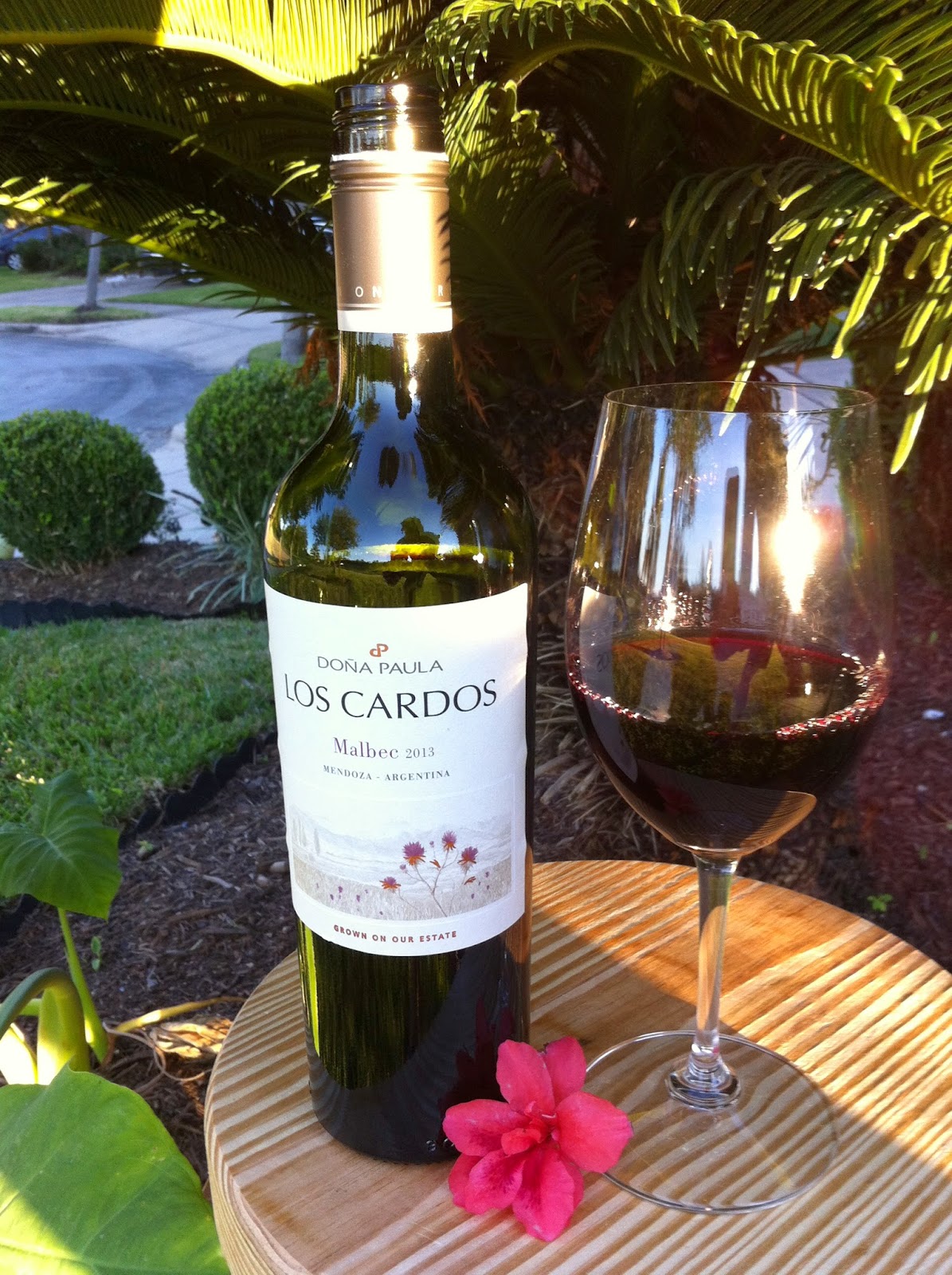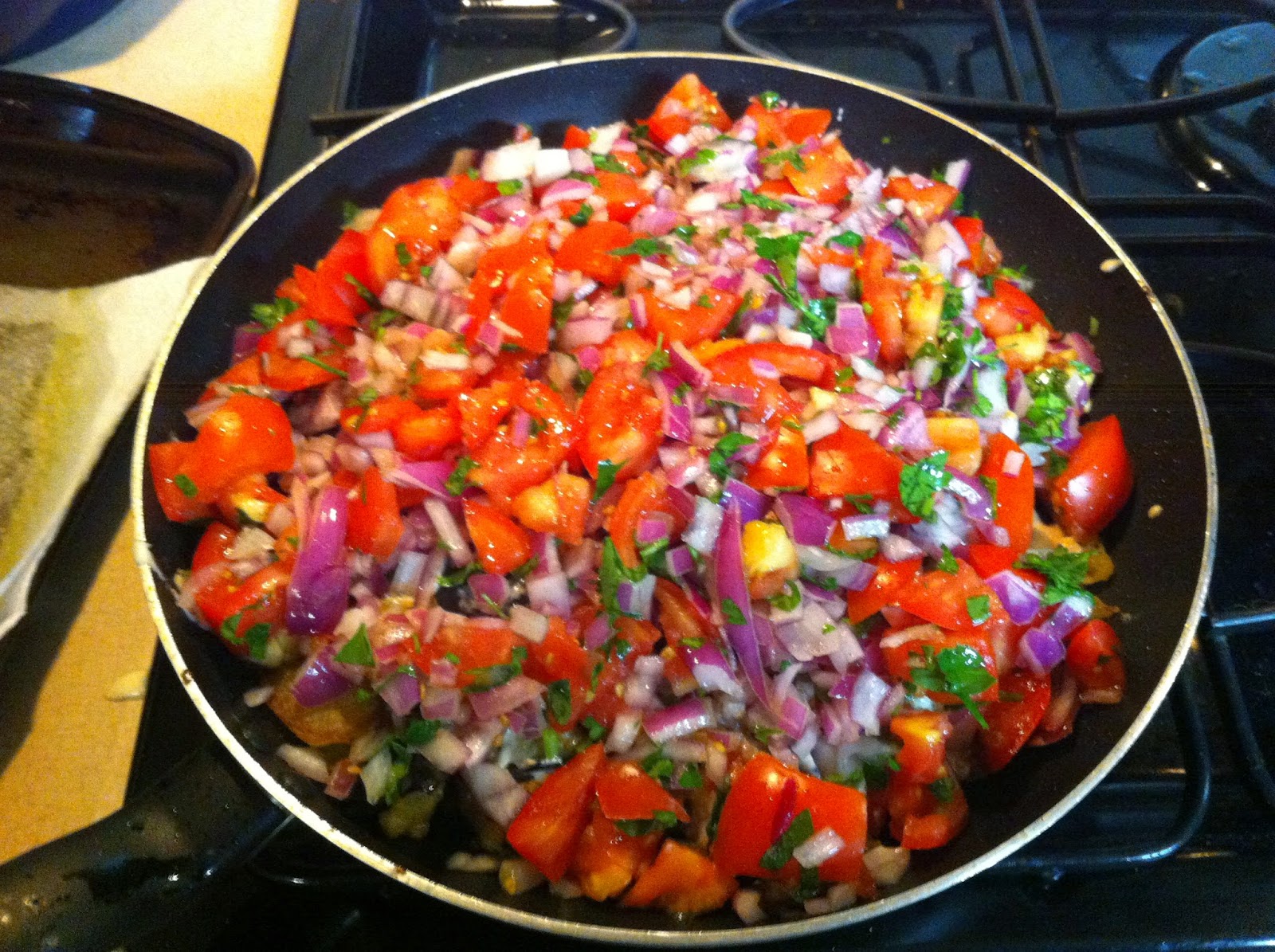It’s the festive time of year, so I have compiled a
comparison of several Champagnes, or sparkling wine to be more precise. Enjoy!
Merry Christmas and Happy New Year!
I look forward to more feedback from you all and suggestions
for wine, food, and anything else.
Name: Bollinger
Special Cuvee Brut
Country/Region:
France/Champagne
Bouquet: Slightly
earthy and yeasty, hints of apple and peach.
Color: Golden
Range: Dry
Bubbles: Fine
bubbles
Taste: Tastes of
green fruits and honey, good finish, very easy drinking.
My wife’s favorite
Price: $50 - $60
Rating: Very Good
Recommendation: Recommended, good Champagne. The price is
a little high but it is still a very good and enjoyable Champagne. For our
family, it is a special occasion wine only, due to the price.
Name: Dom
Perignon 2003
Country/Region:
France/Champagne
Bouquet: Mild,
floral scent.
Color: Light
silvery to golden
Range: Somewhat
dry with a hint of sweetness
Bubbles: The
finest bubbles I have experienced.
Taste: Very mild
and very subtle, hints of citrus and vanilla. Good finish and has a good mouth
feel.
Rating: Good
Price: $140 - $150
Name: Moet &
Chandon
Country/Region:
France/Champagne
Bouquet: Bold,
yeast and minerals.
Color: Golden
Straw with a hint of green
Range: Very dry
Bubbles: Fine
Taste: Bold
tastes of apples, citrus, while the wine is bold, it also includes subtleties
with hints of nuts and minerals. The wine has been described as toasty, which
seems to be a good fit. Lingers well in the mouth with a great aftertaste.
Rating: Very good
Price: $40 - $50
Recommendation: This is very good wine and in my opinion
the best wine for the price. Strongly recommended.
Name: Mumm Napa
Brut
Country/Region: Napa/USA
Bouquet: Mild
bouquet with hints of oak, yeast and vanilla.
Color: Golden
Straw with a hint of green
Range: Medium dry
Bubbles: Medium
Taste: Decent
flavor and hint of apples and yeast. The wine has a decent taste but has a weak
finish and doesn’t linger well.
Rating: OK
Price: $20 - $22
Recommendation: An OK wine and acceptable value for money
without being outstanding, recommended for the $20 price range.
Name: James Serra Cristalino Brut
Country/Region: Spain
Color: Golden
Range: Fruity, slightly dry.
Bubbles: Fine to Medium
Taste: Hints of
lemon, definitely has citrus overtones. Nice mouth feel and great taste. The
only drawback I can distinguish is no real length to speak of compared to the
higher end Champagnes.
Rating: Very
Good, exceptional value for money.
Price: $7 - $8
Recommendation: Strongly recommended, represents excellent
value for money, possibly the best value for money wine I have experienced.
When I was first referred to this wine I was told “don’t let the $7 price tag fool
you” and it is true, this wine is much better than the price would indicate.
This is an example where price doesn’t always dictate the quality of the wine.
It is not quite at the same level as the $40 wines but it is not too far off.
For under $10, you can’t go wrong.











































